Compost Sanitation
UN Secretary General Kofi Annan stated in 2003 that 80% of disease in the developing world is due to poor sanitation.
Fecal contamination, the foundation of poor sanitation, acts as the vehicle for pathogens to spread from human to human. Properly managed thermophilic compost toilets eliminate exposure to human feces while breaking down and destroying disease-causing pathogens. In addition, this natural process yields rich, fertile, valuable soil.
Before: Pit Latrine
After: Compost Toilet
Open defecation and unhygienic pit-latrines are the standard methods of waste management for millions of people. Yet, these methods are among the main routes of transmission for intestinal parasites and other enteric diseases.
Here are some of the pit latrines in various states of disrepair. The smell, the flies, and the nature of pit latrines like these do not effectively separate pathogenic human waste from contaminating the environment.
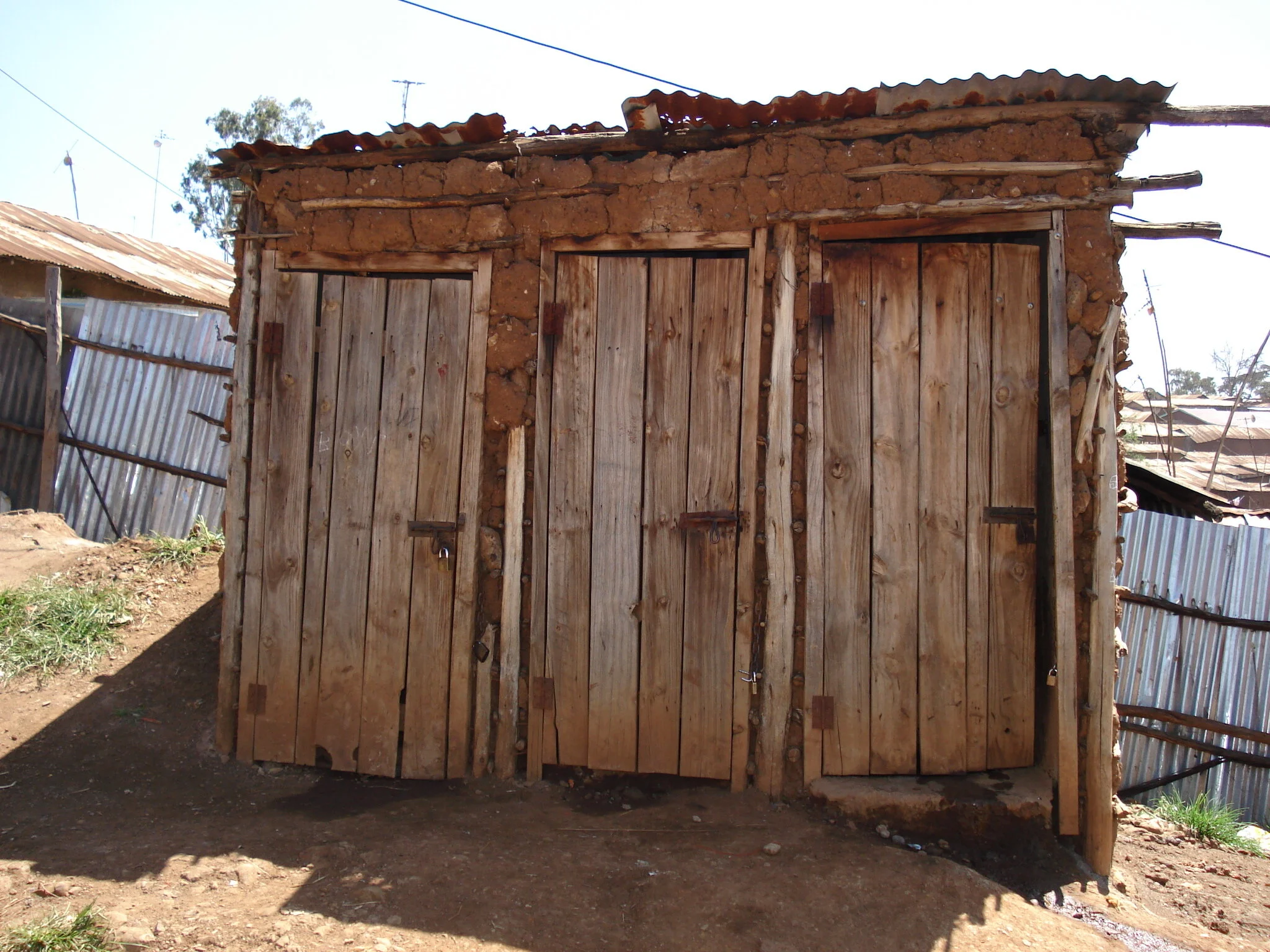
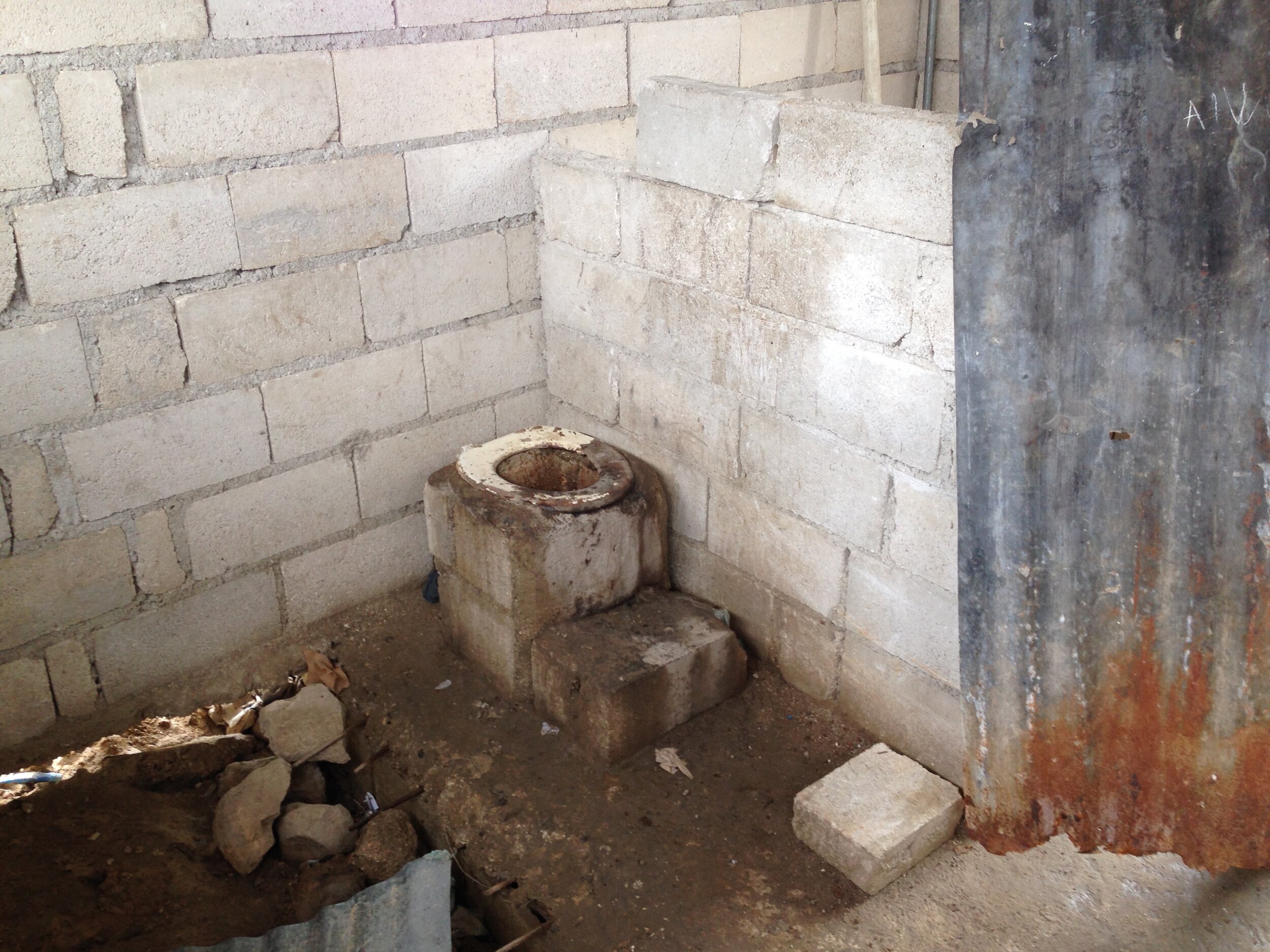
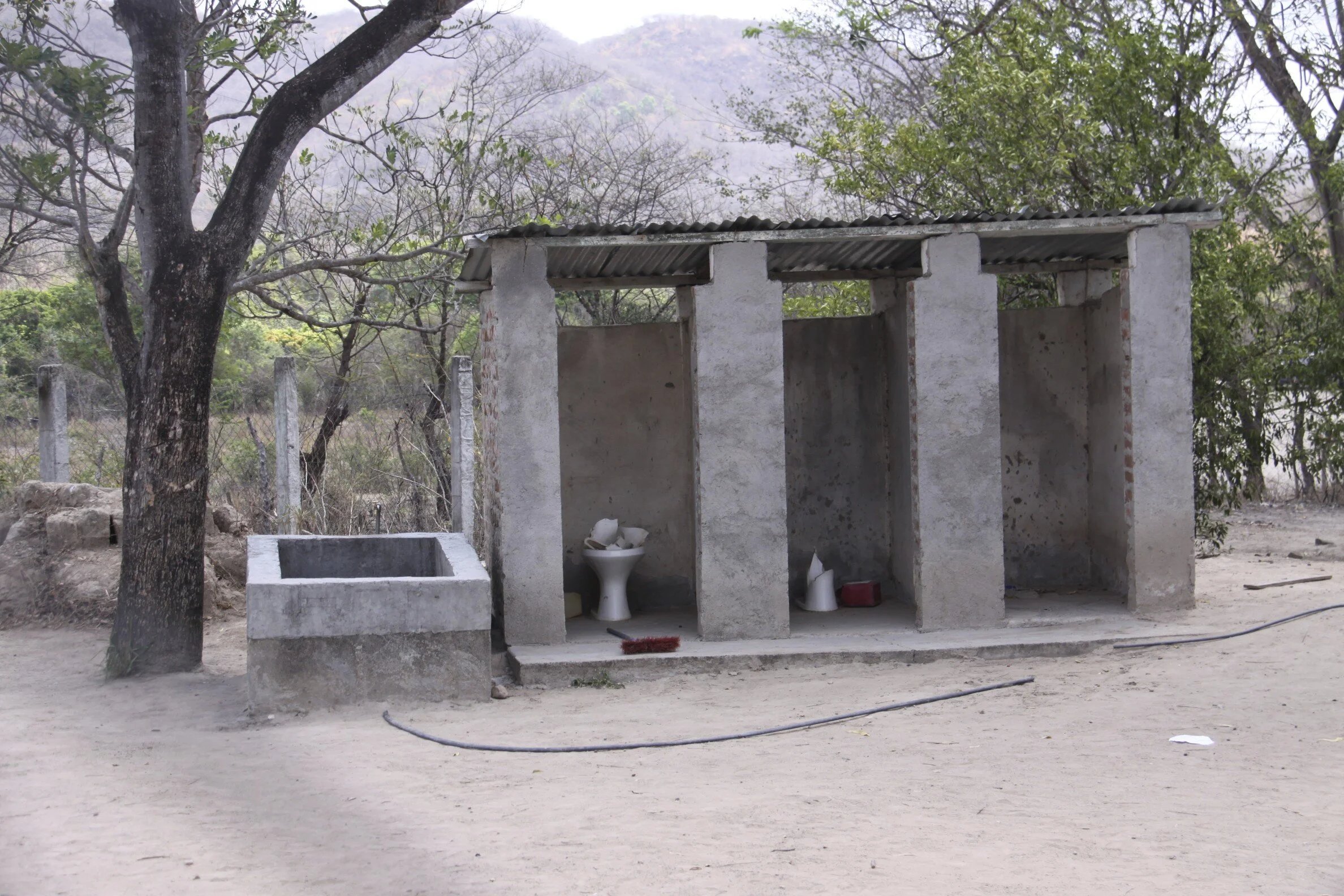
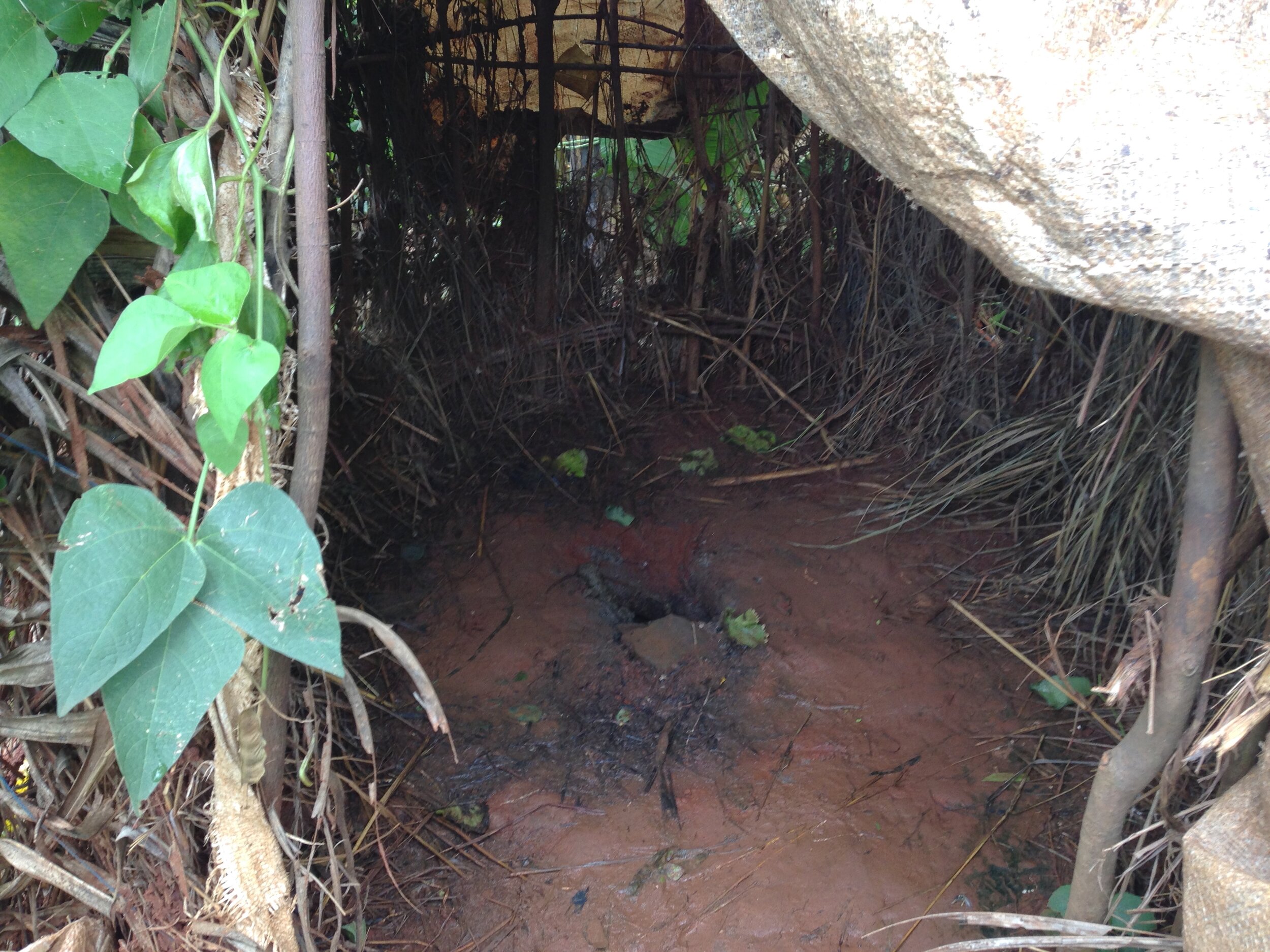
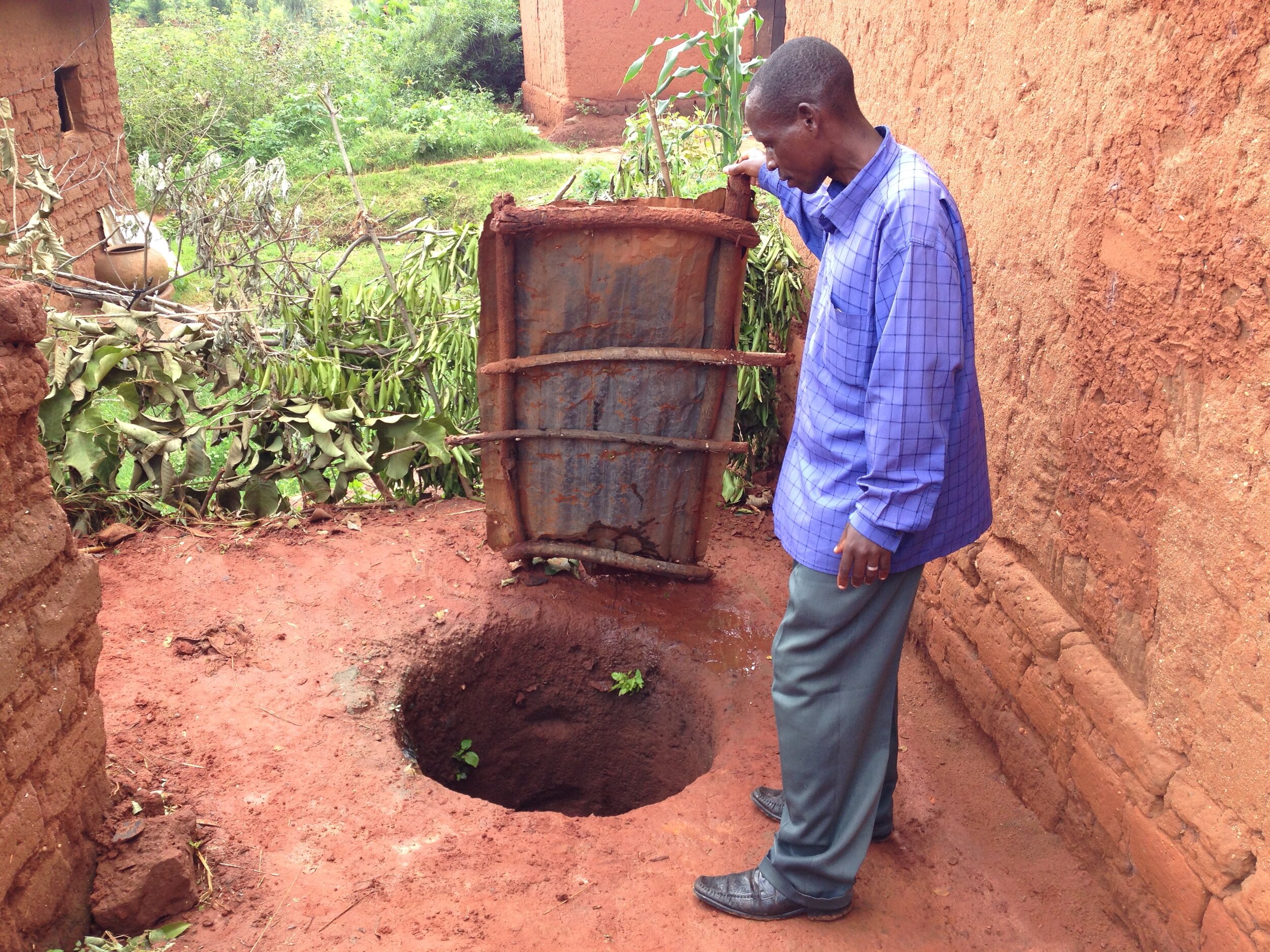
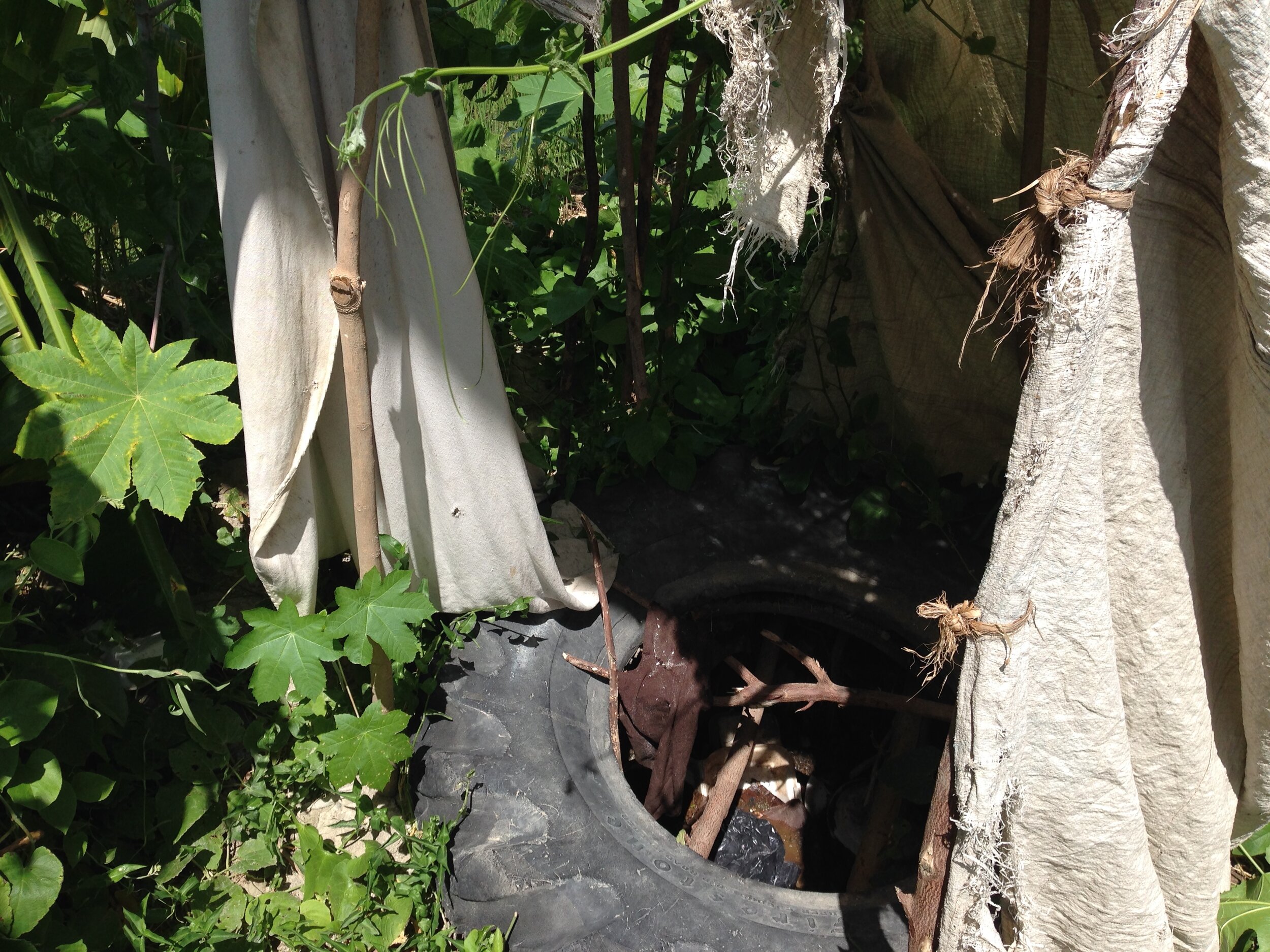
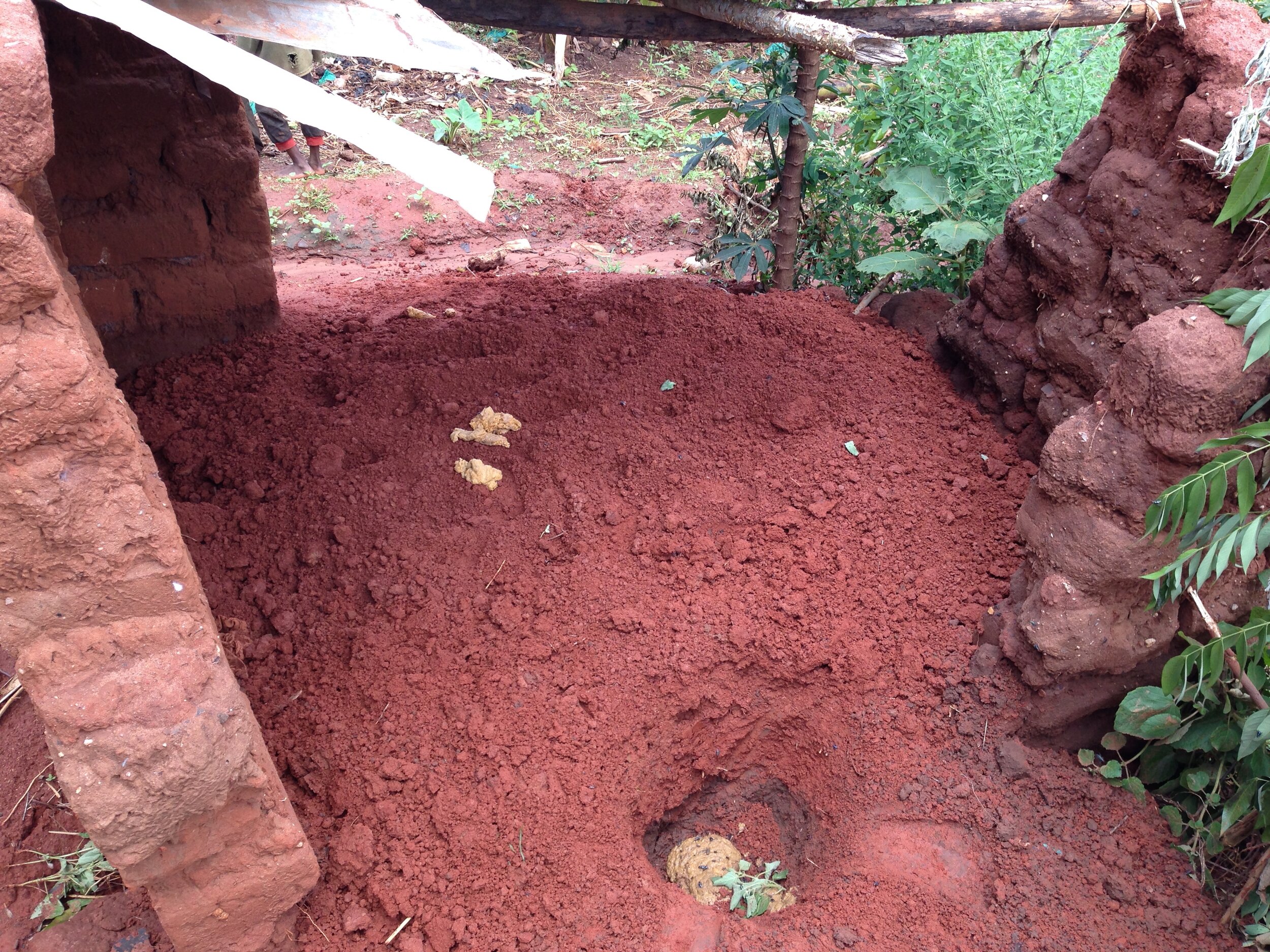
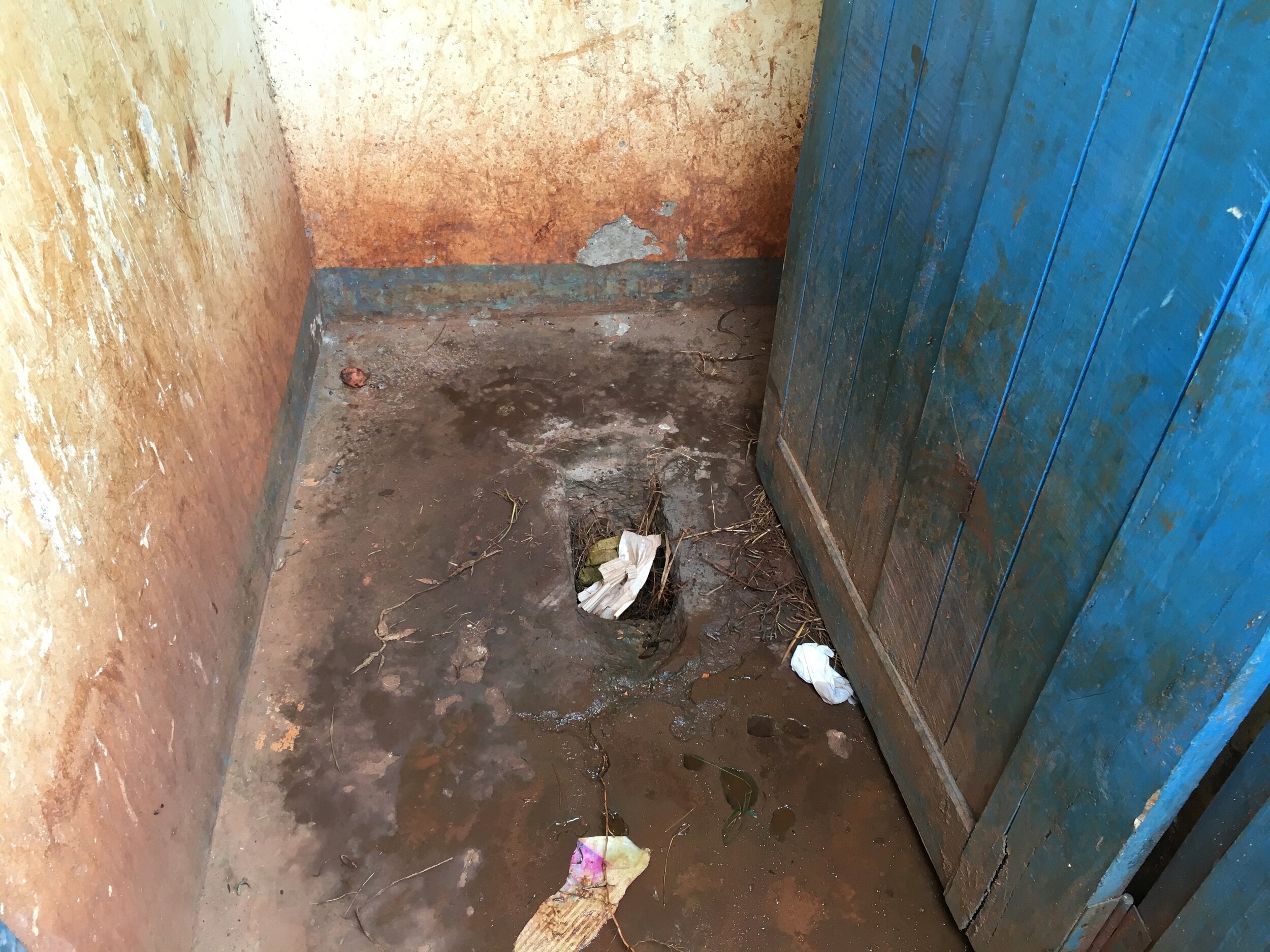
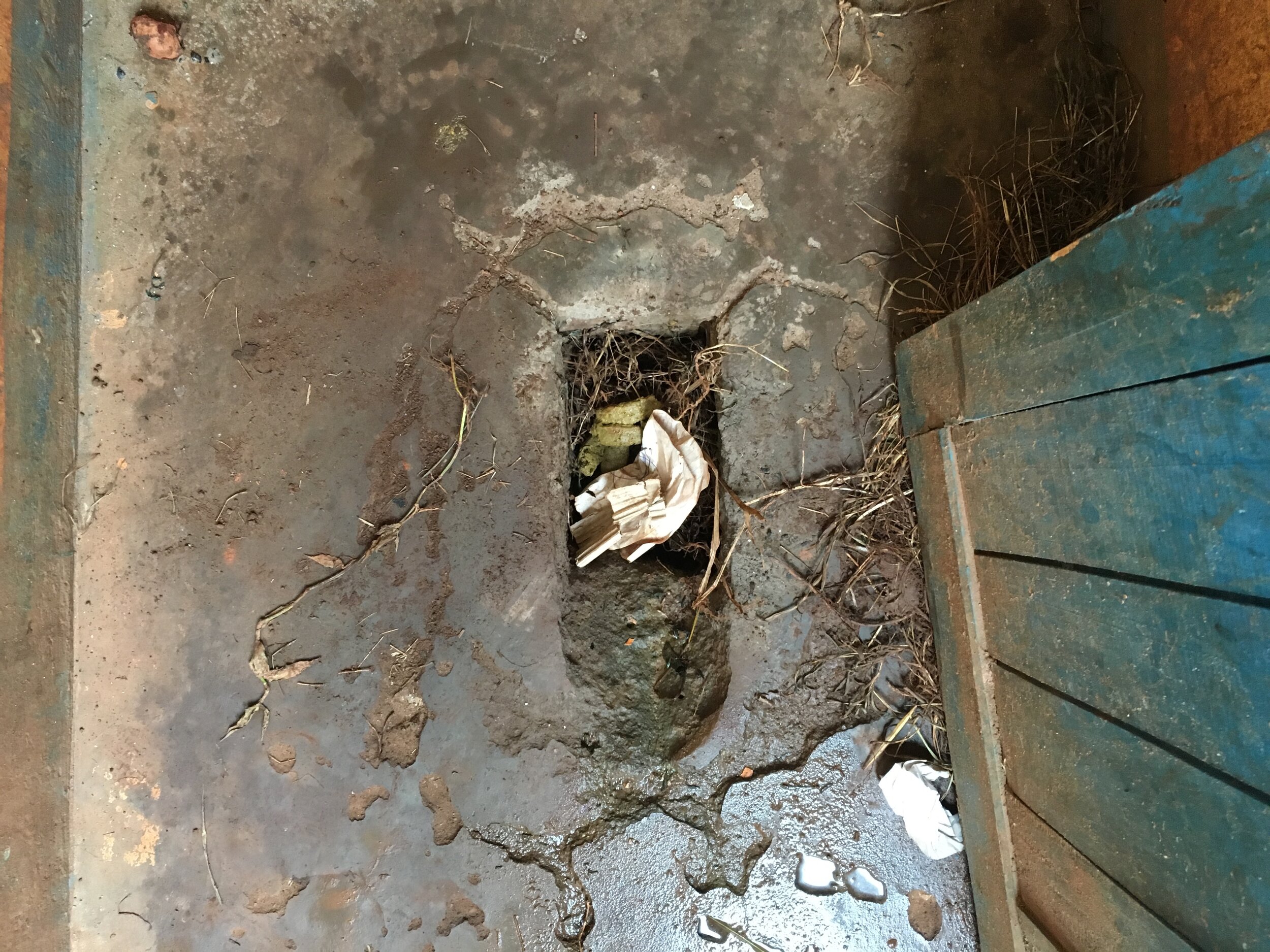
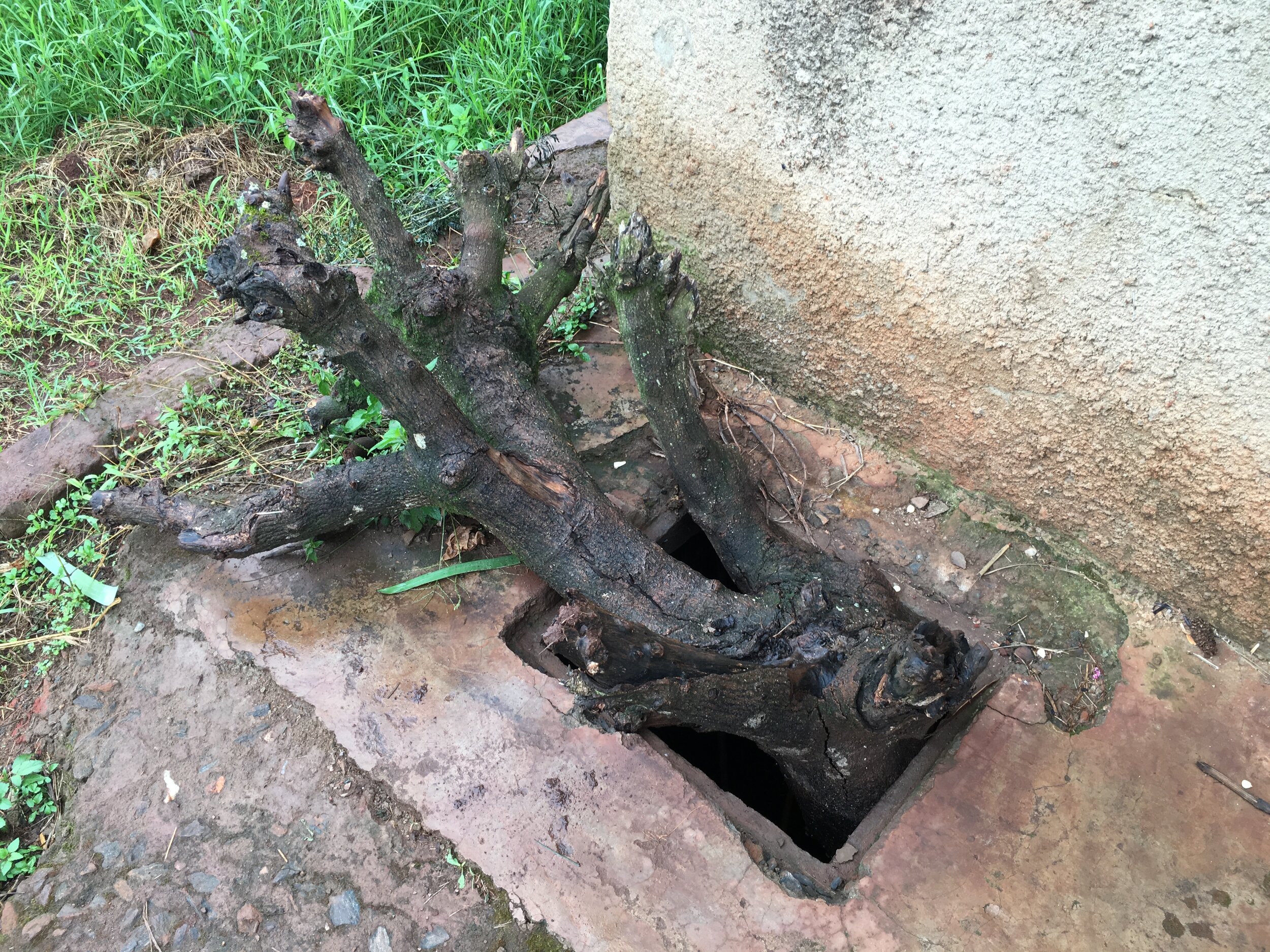
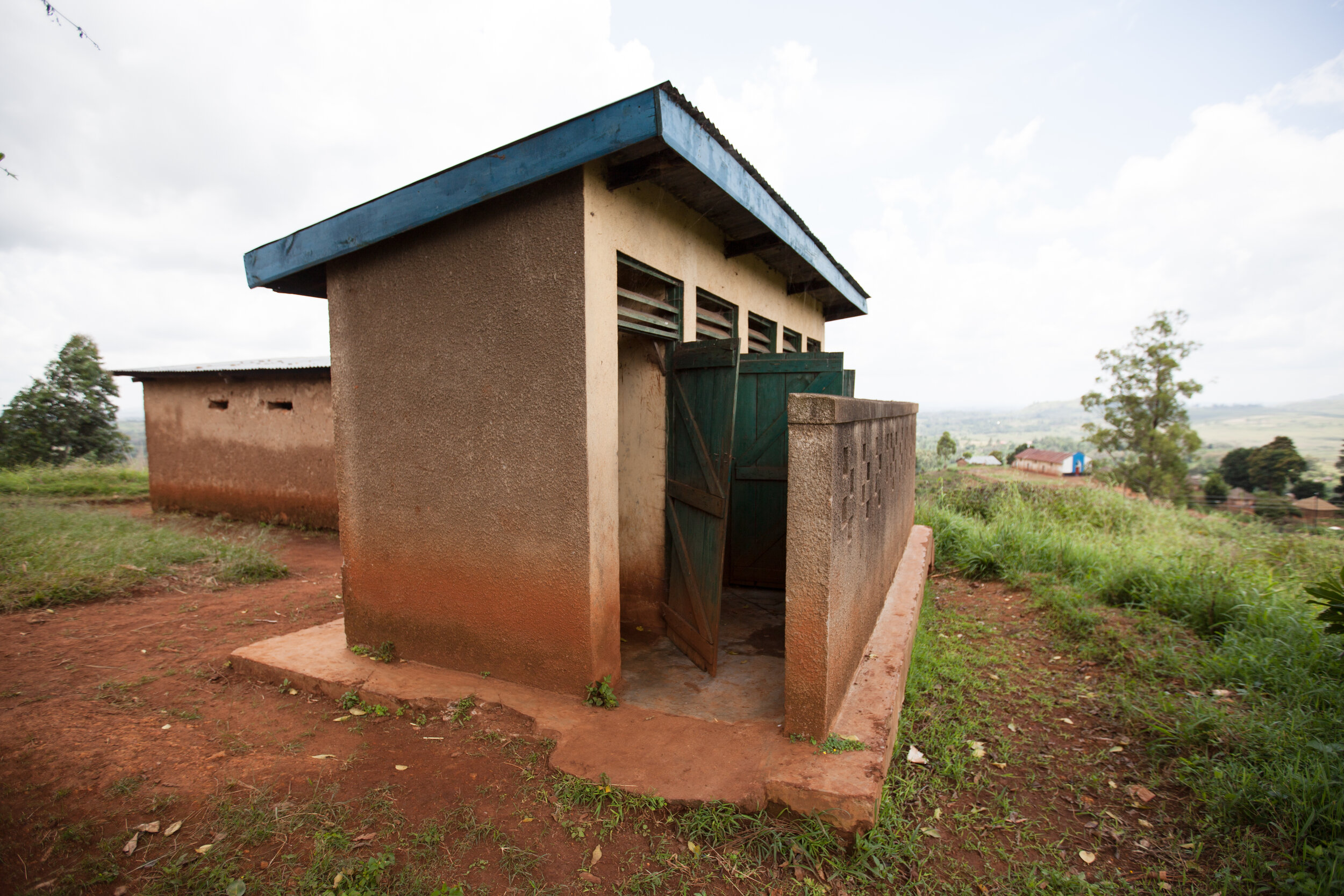
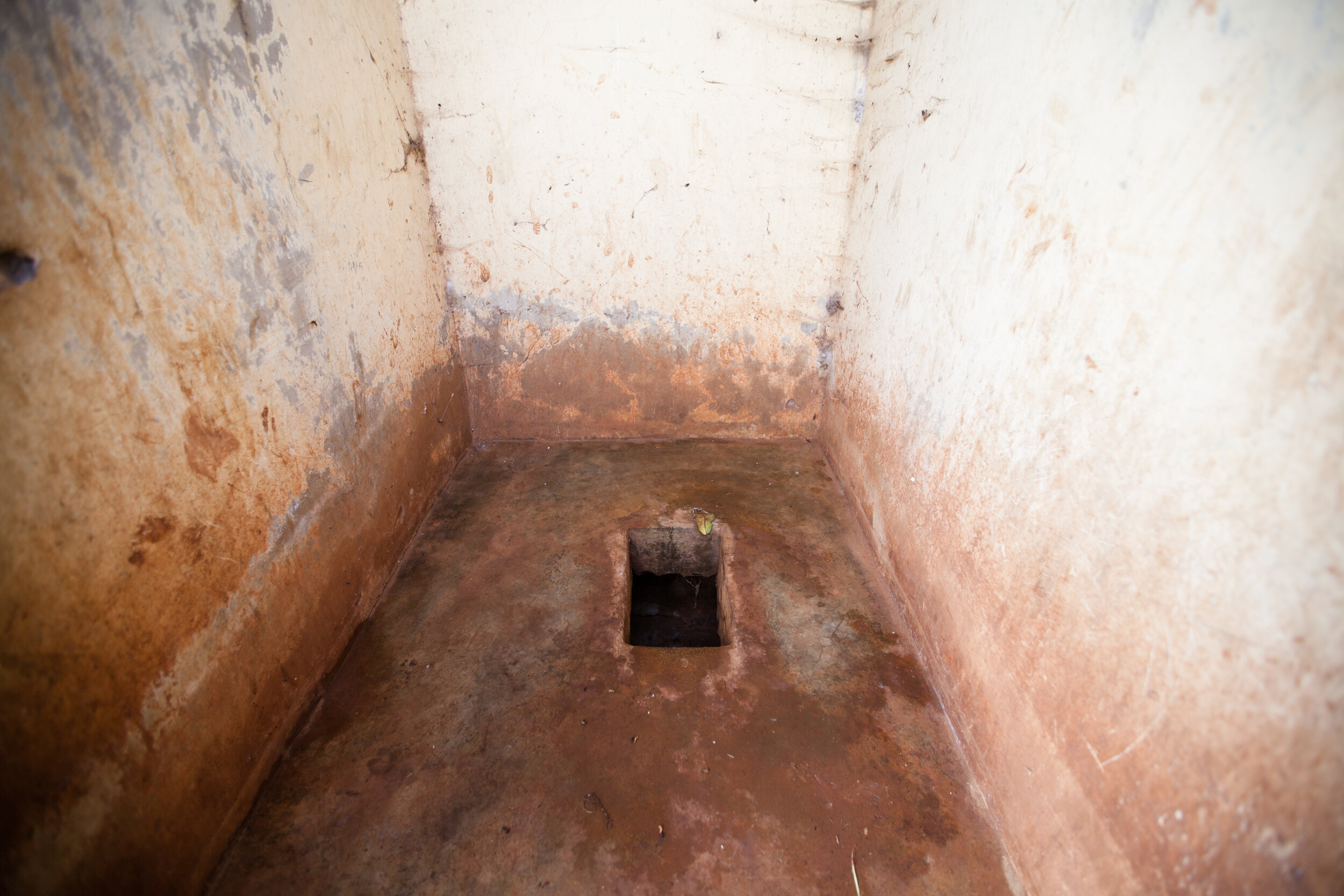
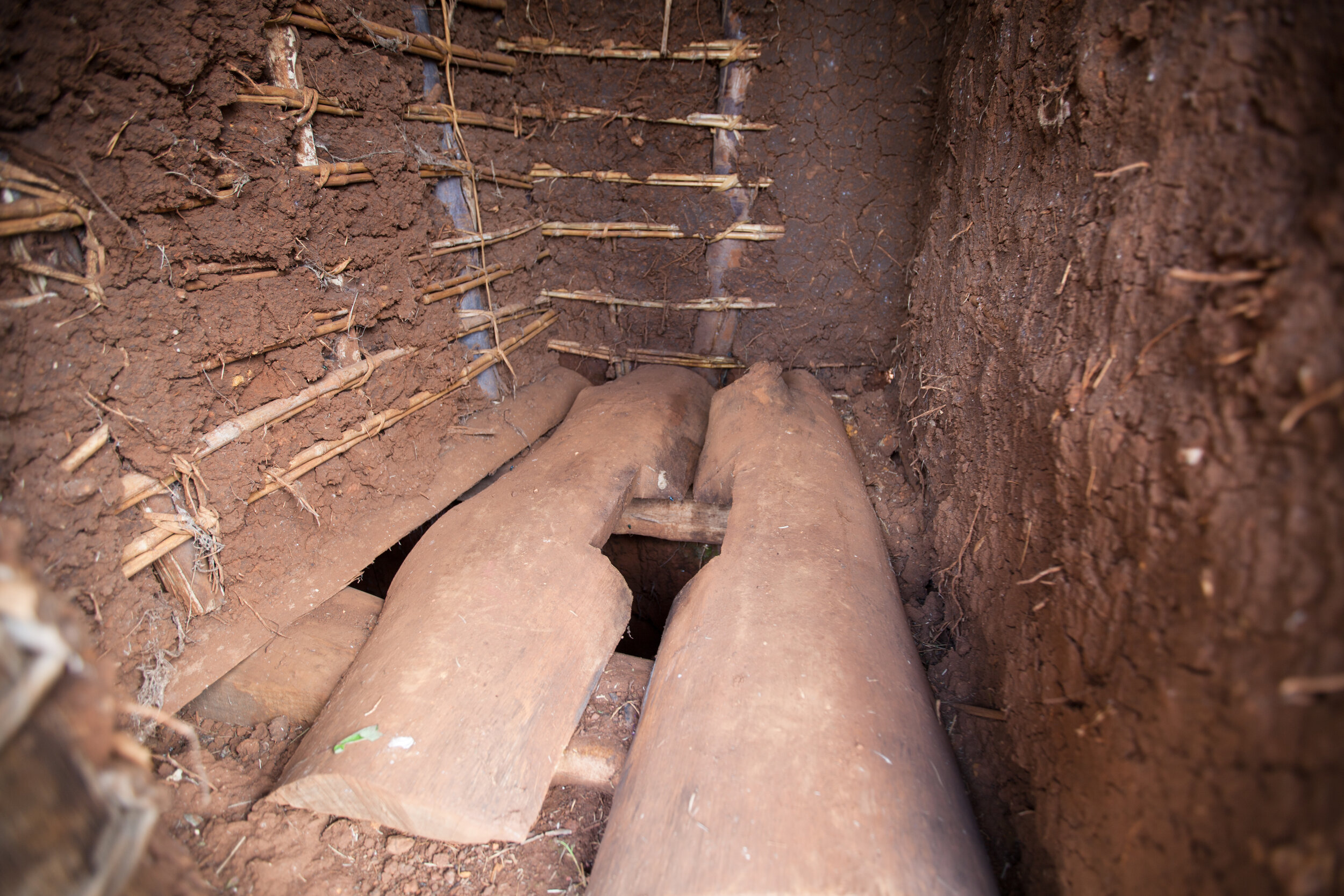
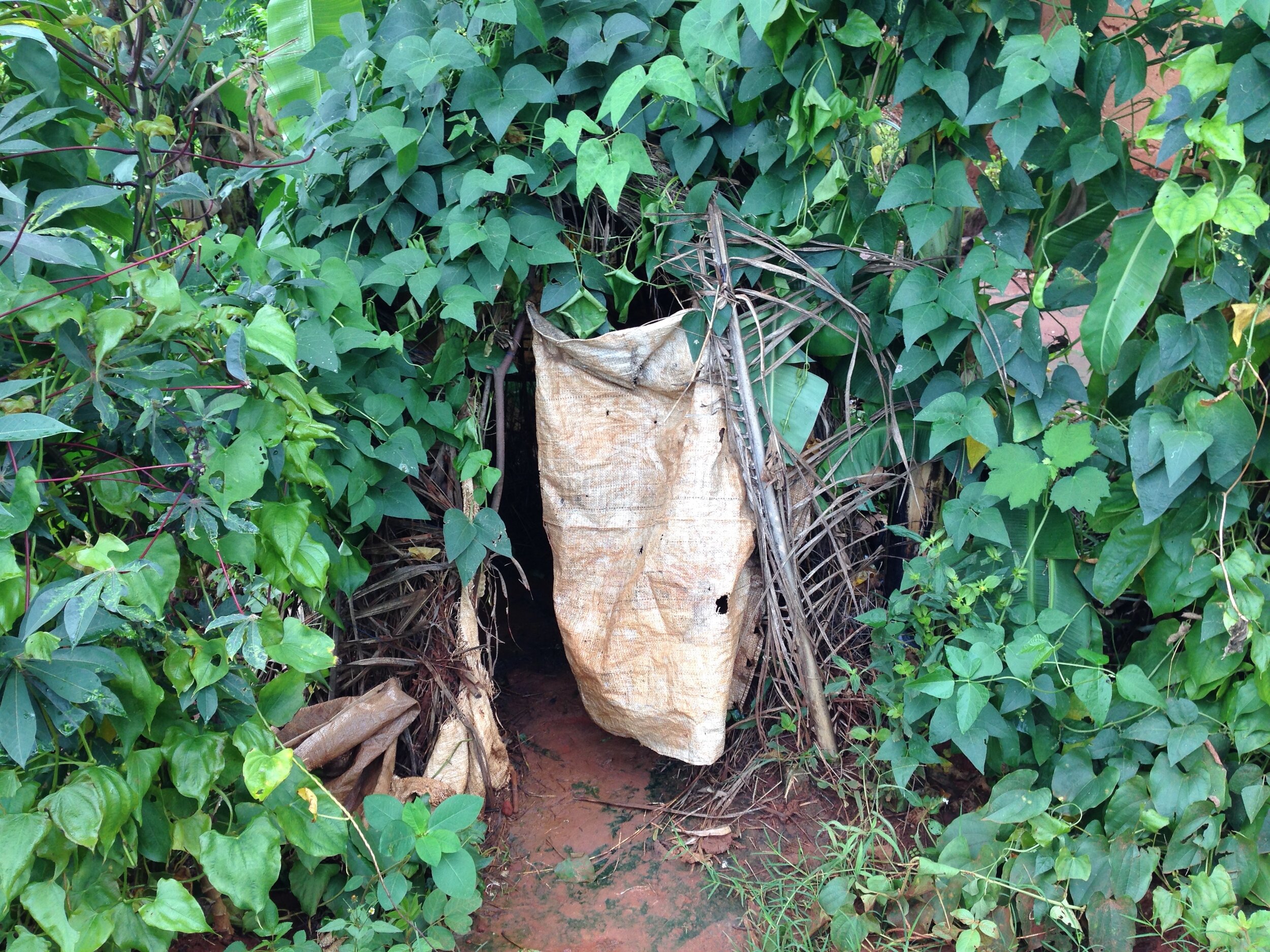

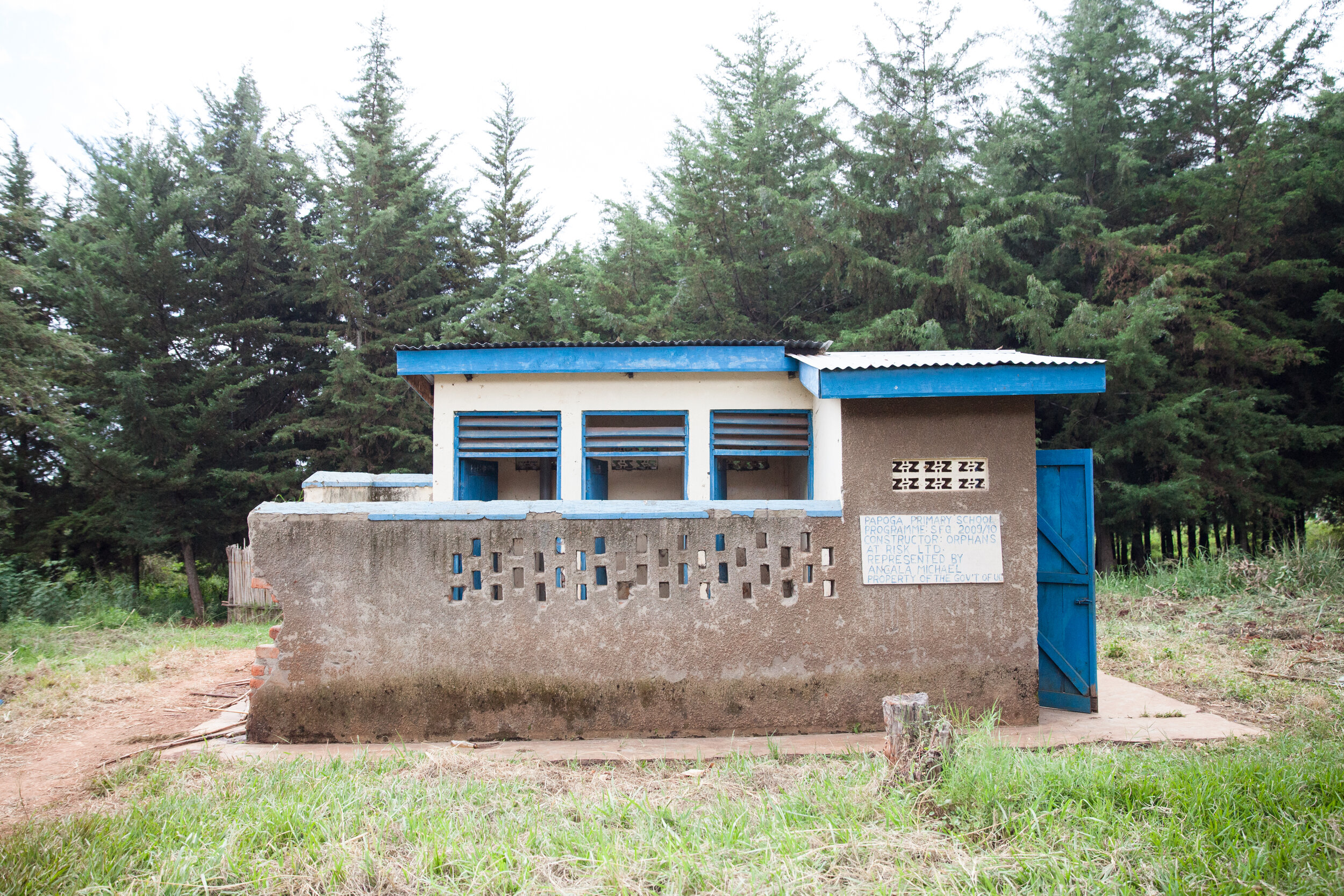
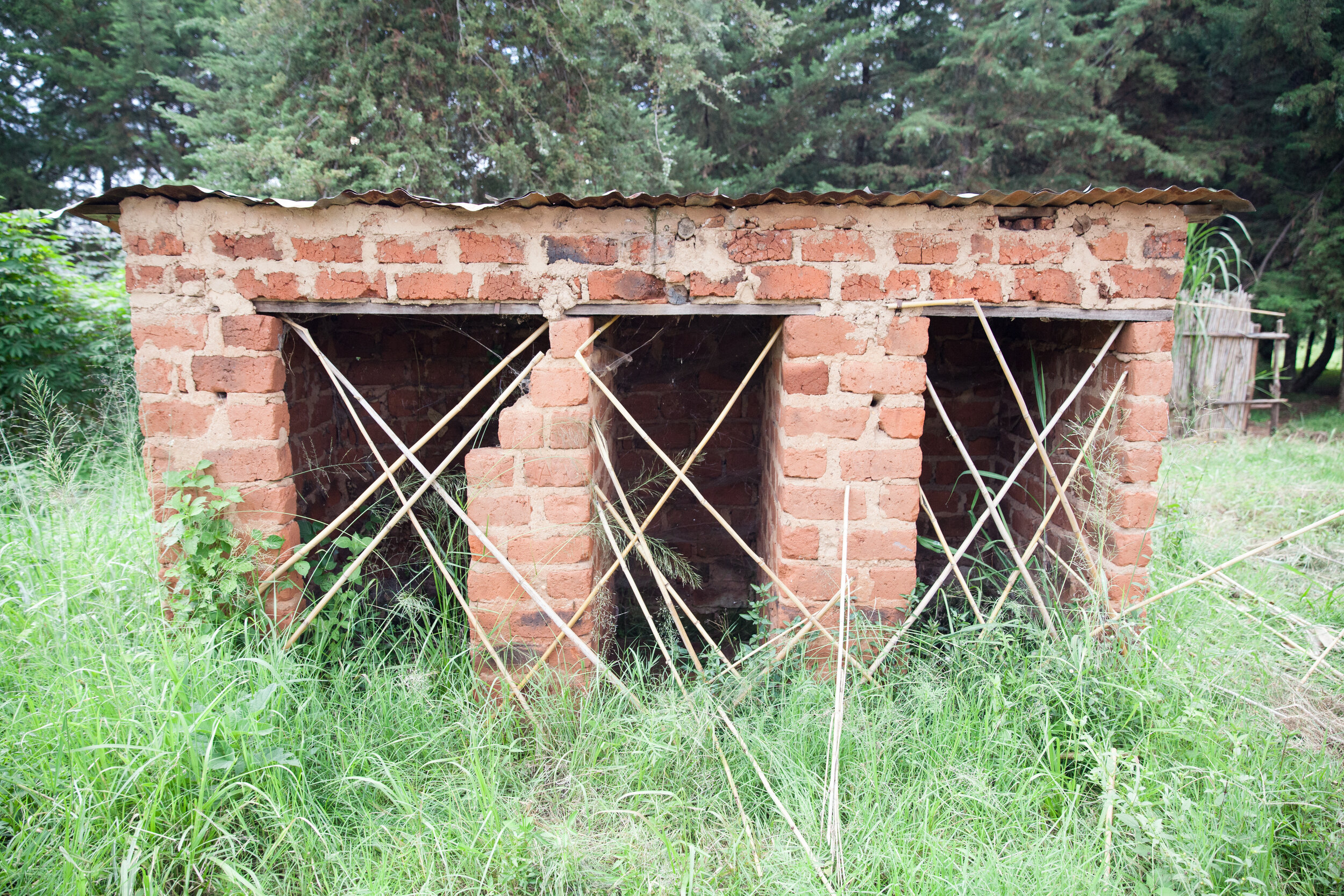
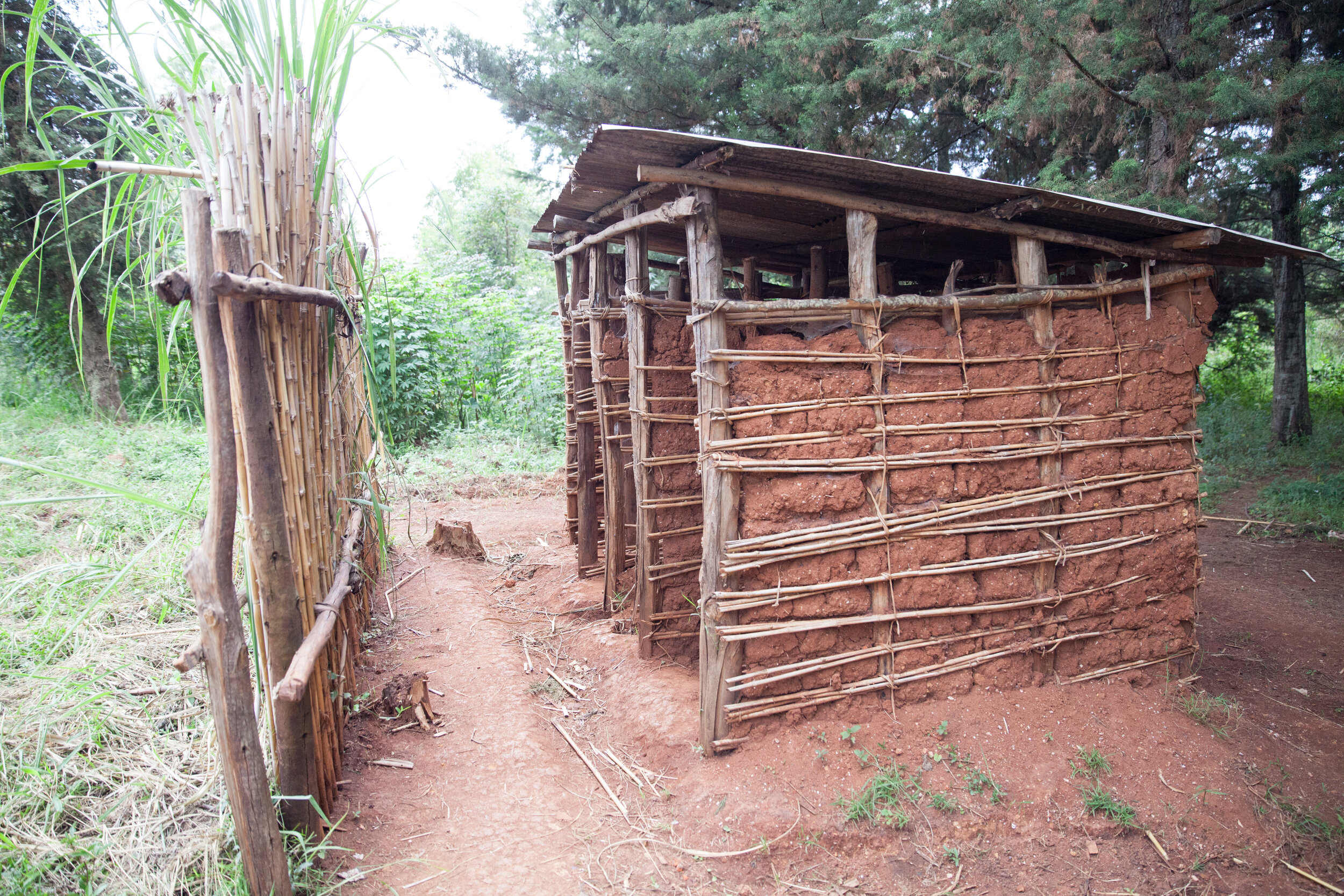

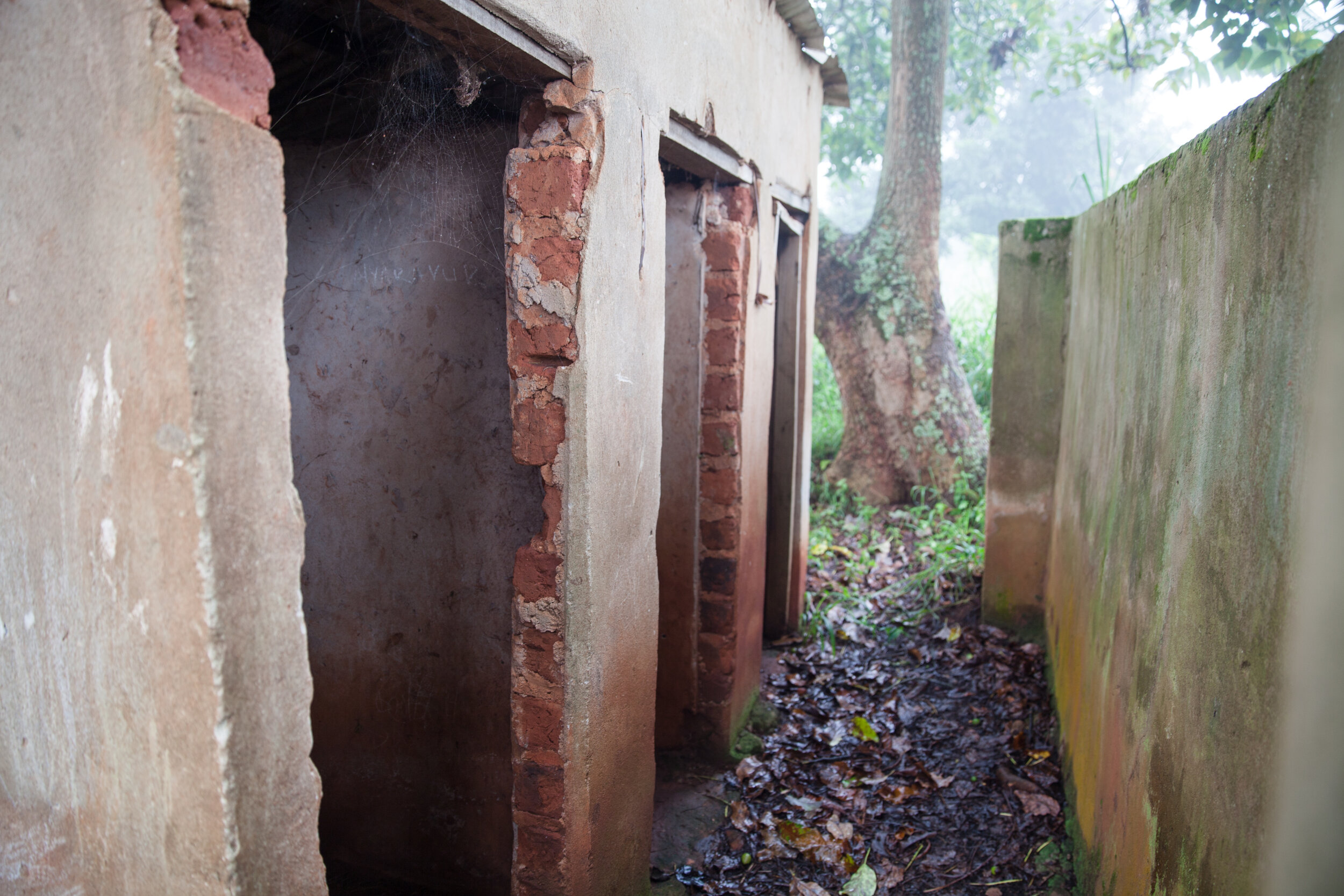
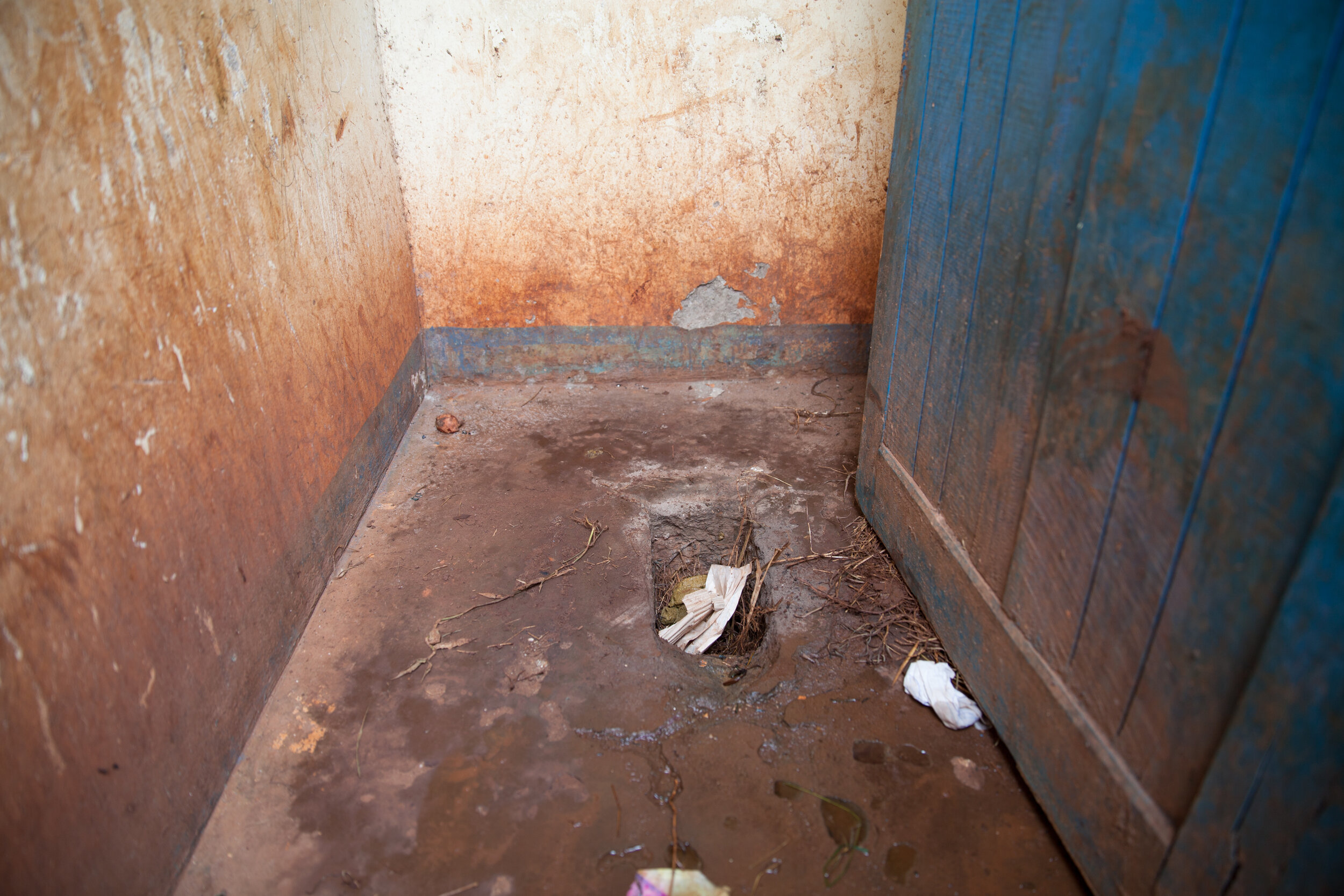
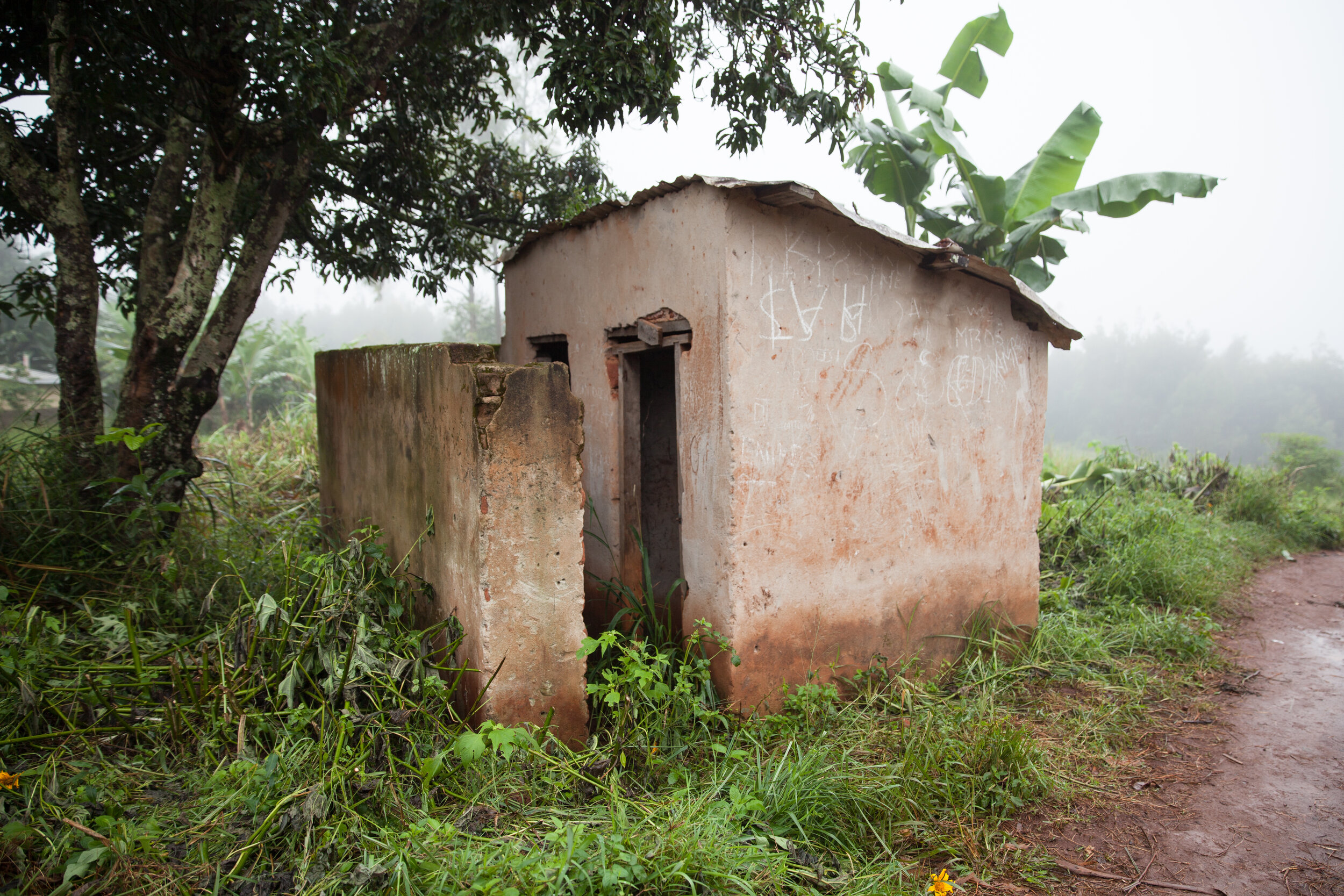

The use of compost toilets, however, represents a sanitation solution that fits the rural, agricultural lifestyle of many people without access to other forms of waste management. Agricultural areas are rich in the materials necessary to harness and accelerate this natural process that breaks down pathogens in human waste in the process of creating organic fertilizer.



Our teams are actively converting pit latrines at homes and in schools into compost toilets, instructing the users themselves to build and maintain on-site compost bins (which can be used for kitchen waste and animal manure as well as human feces), and training teachers and community members the scientific and technical basics of a compost-based sanitation system.



